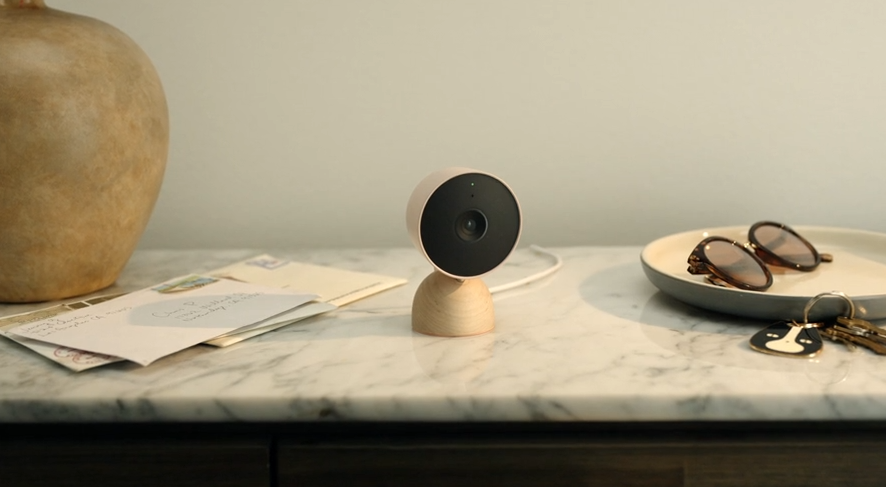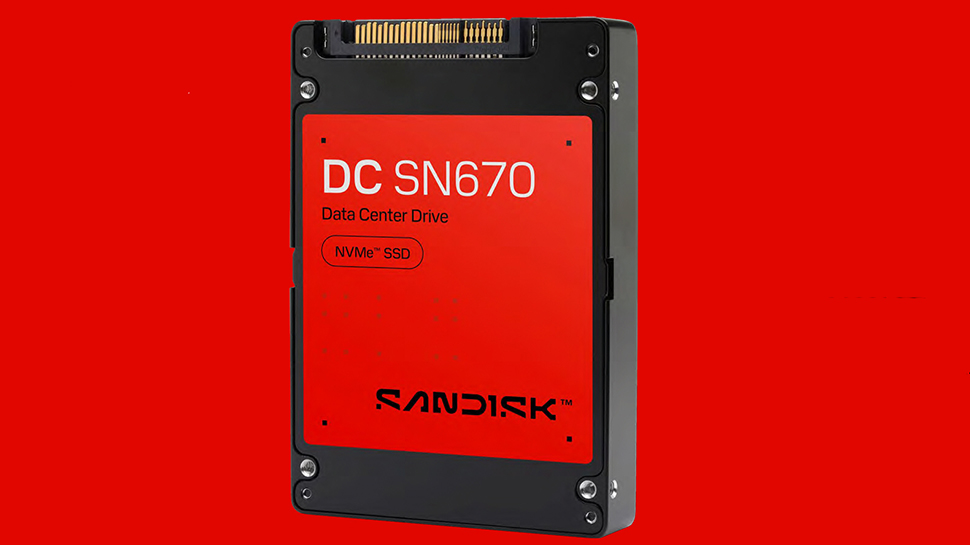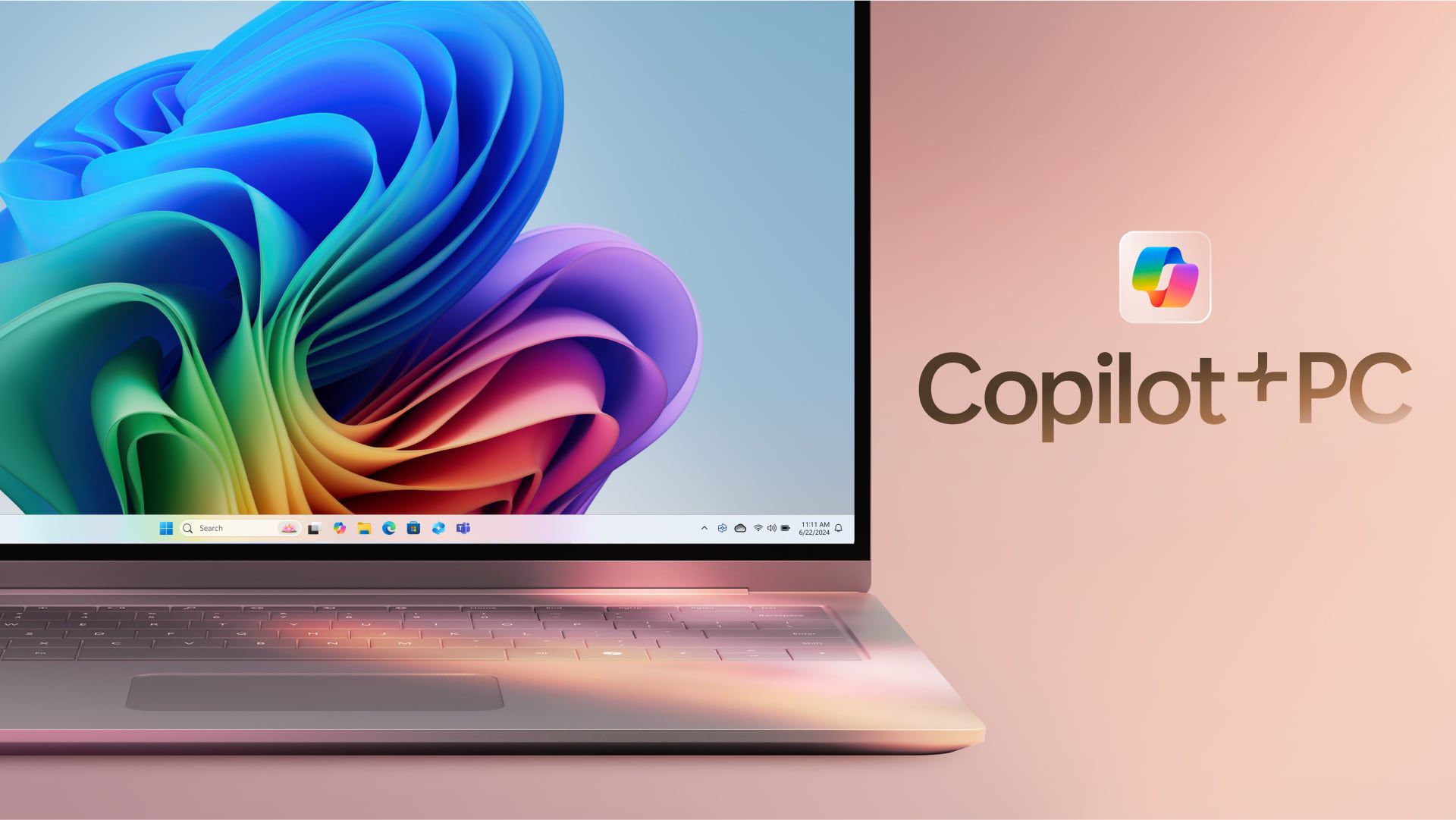How to Implement CoCreateInstance and Retrieve Object Info in C++
If you're working with COM (Component Object Model) in C++, you might find yourself needing to understand how to use CoCreateInstance to create COM objects and retrieve information about those objects. In this article, we will discuss what CoCreateInstance is, how it works, and walk through a simple implementation that will allow you to retrieve information about the object created. Understanding CoCreateInstance CoCreateInstance is a function used to create an instance of a COM object. It takes several parameters, including the CLSID of the object you want to create, the IID of the interface you want to use, and the location type (whether you want a singleton or an apartment model). When you successfully create a COM object, you usually retrieve an interface pointer that allows you to interact with that object. This process is crucial for working with COM in applications developed using C++. Why Use CoCreateInstance? Using CoCreateInstance is fundamental when you need to work with existing COM objects or components in your applications. Furthermore, it lets your application interact with objects that may be run in separate processes, thereby utilizing features provided by COM like remote communication and lifetime management. Step-by-Step Implementation In this section, we’ll provide a sample code that demonstrates how to implement CoCreateInstance and retrieve an object's information. Let's assume you want to create an instance of a hypothetical COM object with a CLSID of CLSID_SampleCOMObject and utilize an interface defined by IID_ISampleInterface. Step 1: Include Necessary Headers First, ensure you include all necessary headers for working with COM: #include #include #include #include #include "SampleInterface.h" // Your interface definition Step 2: Initialize COM Library Before you can call CoCreateInstance, you need to initialize the COM library for your thread: HRESULT hr = CoInitialize(NULL); if (FAILED(hr)) { std::cerr

If you're working with COM (Component Object Model) in C++, you might find yourself needing to understand how to use CoCreateInstance to create COM objects and retrieve information about those objects. In this article, we will discuss what CoCreateInstance is, how it works, and walk through a simple implementation that will allow you to retrieve information about the object created.
Understanding CoCreateInstance
CoCreateInstance is a function used to create an instance of a COM object. It takes several parameters, including the CLSID of the object you want to create, the IID of the interface you want to use, and the location type (whether you want a singleton or an apartment model).
When you successfully create a COM object, you usually retrieve an interface pointer that allows you to interact with that object. This process is crucial for working with COM in applications developed using C++.
Why Use CoCreateInstance?
Using CoCreateInstance is fundamental when you need to work with existing COM objects or components in your applications. Furthermore, it lets your application interact with objects that may be run in separate processes, thereby utilizing features provided by COM like remote communication and lifetime management.
Step-by-Step Implementation
In this section, we’ll provide a sample code that demonstrates how to implement CoCreateInstance and retrieve an object's information. Let's assume you want to create an instance of a hypothetical COM object with a CLSID of CLSID_SampleCOMObject and utilize an interface defined by IID_ISampleInterface.
Step 1: Include Necessary Headers
First, ensure you include all necessary headers for working with COM:
#include
#include
#include
#include
#include "SampleInterface.h" // Your interface definition
Step 2: Initialize COM Library
Before you can call CoCreateInstance, you need to initialize the COM library for your thread:
HRESULT hr = CoInitialize(NULL);
if (FAILED(hr)) {
std::cerr << "Failed to initialize COM library. Error code: " << hr << std::endl;
return -1;
}
Step 3: Create the COM Object Instance
Now you can create an instance of the COM object using CoCreateInstance:
ISampleInterface* pSample = nullptr;
hr = CoCreateInstance(CLSID_SampleCOMObject, NULL, CLSCTX_INPROC_SERVER, IID_ISampleInterface, (void**)&pSample);
if (FAILED(hr)) {
std::cerr << "Failed to create COM instance. Error code: " << hr << std::endl;
CoUninitialize();
return -1;
}
Step 4: Access Object's Information
Once you have the interface pointer, you can call methods of the interface or access properties of the object. Here is an example of how you might retrieve some information:
int data;
hres = pSample->GetData(&data);
if (SUCCEEDED(hr)) {
std::cout << " retrieved data: " << data << std::endl;
} else {
std::cerr << "Failed to retrieve data. Error code: " << hr << std::endl;
}
Step 5: Release the COM Object
After you’re done using the COM object, don’t forget to release it and uninitialize COM:
if (pSample) {
pSample->Release();
}
CoUninitialize();
Complete Code Example
Here’s how everything fits together:
#include
#include
#include
#include "SampleInterface.h"
int main() {
HRESULT hr = CoInitialize(NULL);
if (FAILED(hr)) {
std::cerr << "Failed to initialize COM library. Error code: " << hr << std::endl;
return -1;
}
ISampleInterface* pSample = nullptr;
hr = CoCreateInstance(CLSID_SampleCOMObject, NULL, CLSCTX_INPROC_SERVER, IID_ISampleInterface, (void**)&pSample);
if (FAILED(hr)) {
std::cerr << "Failed to create COM instance. Error code: " << hr << std::endl;
CoUninitialize();
return -1;
}
int data;
hr = pSample->GetData(&data);
if (SUCCEEDED(hr)) {
std::cout << "Retrieved data: " << data << std::endl;
} else {
std::cerr << "Failed to retrieve data. Error code: " << hr << std::endl;
}
pSample->Release();
CoUninitialize();
return 0;
}
Frequently Asked Questions
What is a COM object?
A COM object is a binary that supports the Component Object Model, allowing interoperability across different programming languages.
What is the purpose of CLSID and IID?
CLSID (Class Identifier) uniquely identifies a COM class, while IID (Interface Identifier) uniquely identifies a COM interface. Both are essential for CoCreateInstance to work.
How can I debug CoCreateInstance failures?
You can debug CoCreateInstance failures by checking the returned HRESULT and consulting Microsoft documentation for detailed error codes. Common issues include incorrect CLSID/IID, unregistered COM components, or permission problems.
By following these steps, you should now have a clear understanding of how to implement CoCreateInstance in C++ and retrieve the relevant information from the created COM object. This knowledge empowers your applications to leverage the power of COM objects seamlessly.

















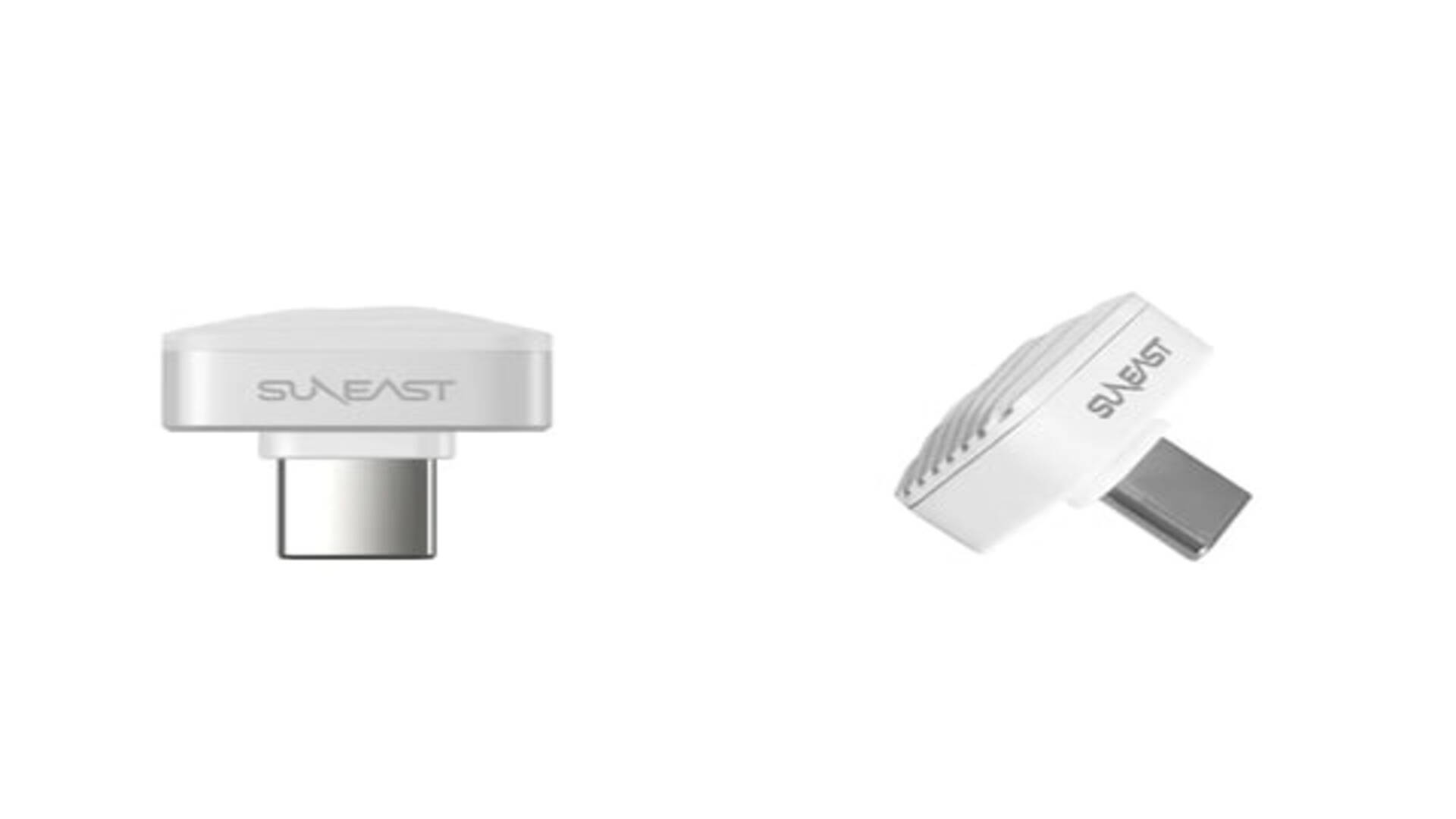
























































































































































![[The AI Show Episode 147]: OpenAI Abandons For-Profit Plan, AI College Cheating Epidemic, Apple Says AI Will Replace Search Engines & HubSpot’s AI-First Scorecard](https://www.marketingaiinstitute.com/hubfs/ep%20147%20cover.png)

























![How to Enable Remote Access on Windows 10 [Allow RDP]](https://bigdataanalyticsnews.com/wp-content/uploads/2025/05/remote-access-windows.jpg)

































































































![[DEALS] The 2025 Ultimate GenAI Masterclass Bundle (87% off) & Other Deals Up To 98% Off – Offers End Soon!](https://www.javacodegeeks.com/wp-content/uploads/2012/12/jcg-logo.jpg)







































































![Legends Reborn tier list of best heroes for each class [May 2025]](https://media.pocketgamer.com/artwork/na-33360-1656320479/pg-magnum-quest-fi-1.jpeg?#)





















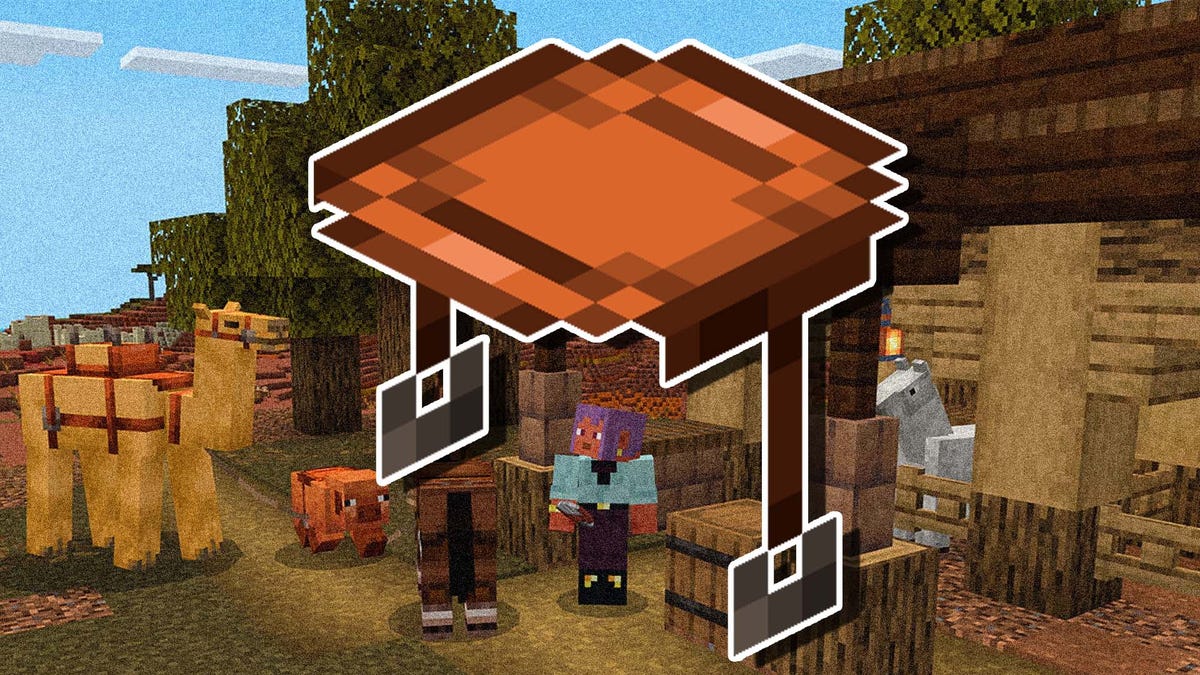










































-Olekcii_Mach_Alamy.jpg?width=1280&auto=webp&quality=80&disable=upscale#)












































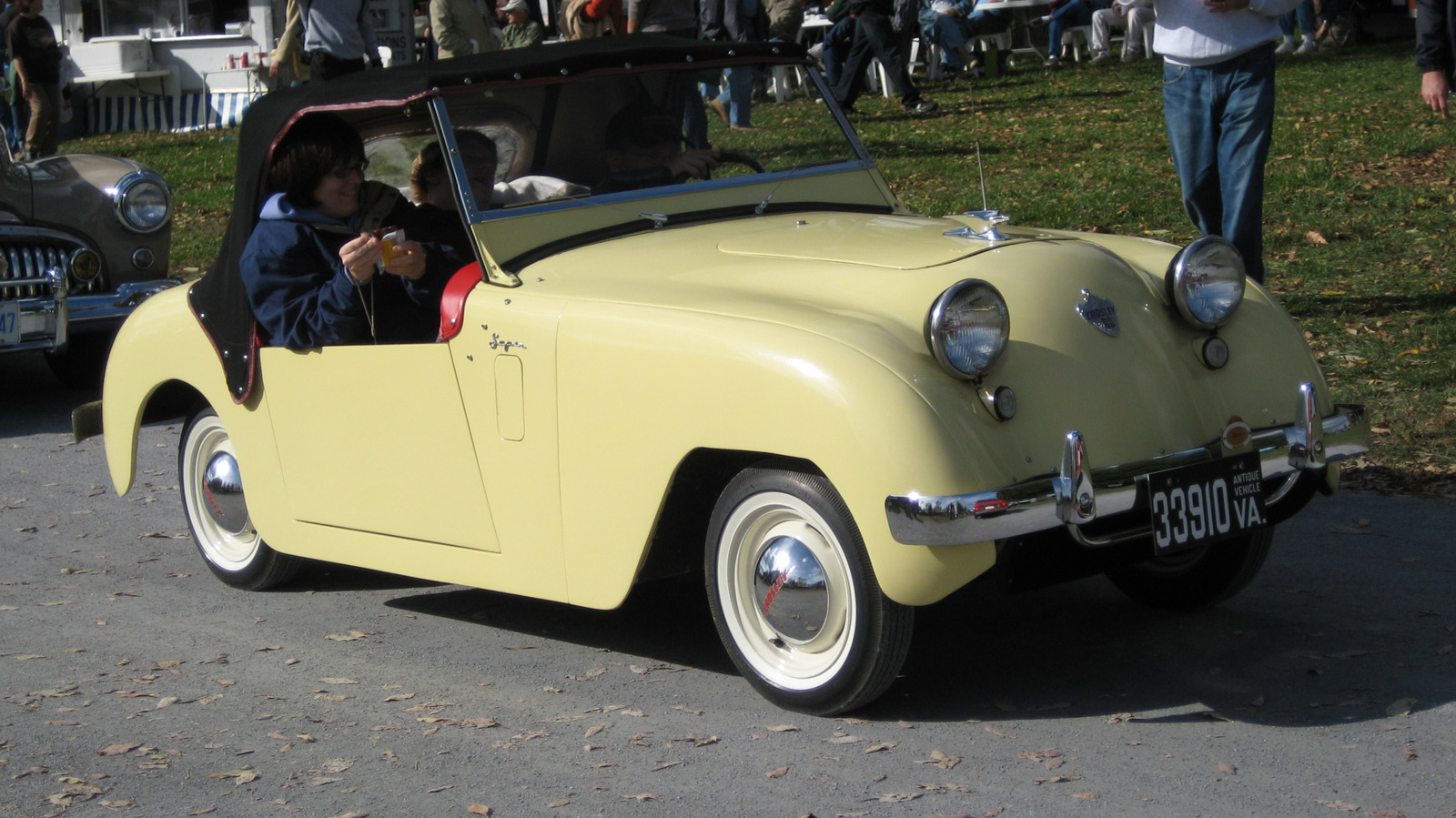


















































![Apple using sketchy warning for apps bought using third-party payment systems [Updated]](https://i0.wp.com/9to5mac.com/wp-content/uploads/sites/6/2025/05/Apple-using-scary-looking-warning-for-apps-bought-using-third-party-payment-systems.jpg?resize=1200%2C628&quality=82&strip=all&ssl=1)















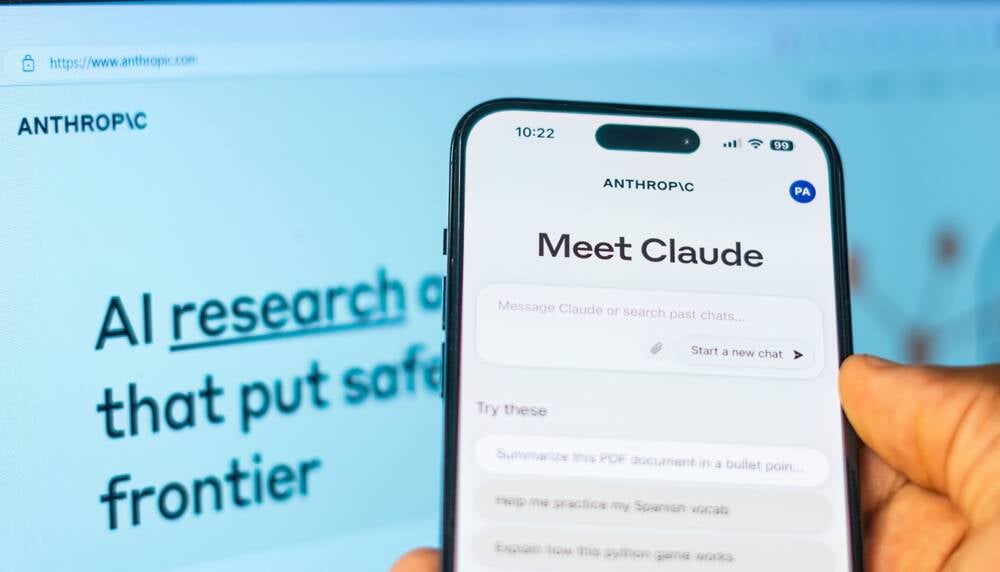





![Watch Aston Martin and Top Gear Show Off Apple CarPlay Ultra [Video]](https://www.iclarified.com/images/news/97336/97336/97336-640.jpg)
















